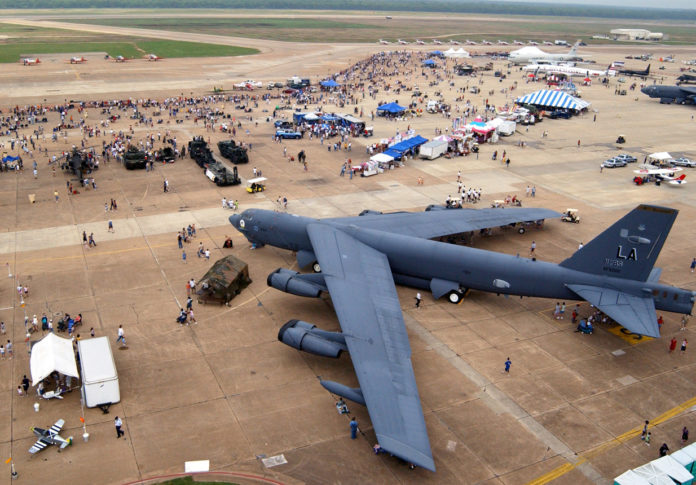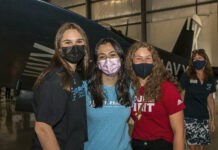“He who moves not forward, goes backward.”
– Johann Wolfgang von Goethe,
German Poet, 1749-1832
Three years ago, ICAS launched its initiative to change the culture of air show safety. From the outset, this effort was driven by member interest in improving safety, reducing the air show accident rate, and putting safety issues higher on our industry priority list. Although the process is far from finished, the initiative is enjoying modest success. Performers and event organizers are discussing safety. Our industry accident rate has dropped. And it now appears that the effort can be sustained, not just over a year or two, but for a prolonged period of time. Whatever success the industry has had is due, in large part, to the enthusiasm with which the culture change has been embraced by all segments of our industry.
That success has caused more than one air show veteran to wonder if it is possible to make similar progress in our efforts to improve and professionalize the business aspects of the air show industry. Like the change in our safety culture, this change to our business culture will have to be a grassroots effort that is adopted by large segments of the industry along with widespread recognition that the most likely alternative to forward progress on this issue is stagnation and, over time, decline.
By the end of the 2007 air show season, the need for a change in our safety culture was obvious. With six high profile accidents in just a few months, it had become clear that we had taken our collective eye off the safety ball. ICAS received many phone calls and e-mails asking and even insisting that the organization take steps to restore safety to its position of primacy. The subsequent ICAS efforts to change the culture of safety were not so much an ICAS initiative as they were a response to member entreaties that we “do something.”
Similarly, we stand at a critical juncture in the development of the business practices of the air show industry. Our industry has grown and prospered during the century since the first North American air show was held in suburban Los Angeles in 1910, but there is a growing consensus within the industry that further development will require new approaches to how we run many aspects of the air show business. The need to change is being fed by competition from other entertainment industries, the expectations of prospective corporate sponsors, significant increases in the cost – and risk – of planning and conducting an air show, and widespread recognition that we have done just about all that we can do with our 20th century business model.
If the air show business is to evolve to meet the challenges and take advantage of the opportunities that face the industry, there must be an accompanying change in our perspective about the roles that we all play in making the air show business a business rather than a business/hobby/philanthropic hybrid. An air show’s ability to offer a world-class entertainment event depends heavily on the reliability and professionalism of the performers and support service providers who participate in that event. A performer’s ability to run his or her business relies on an assumption that the event organizer will behave professionally, and honor the terms of the contract that they have both signed. The likelihood that the air show business will continue to succeed is only as strong as our collective resolve to do what is necessary to support those who are working so hard to move this industry forward.
And make no mistake: when it comes to this initiative, you are part of the problem if you do not commit yourself to being part of the solution. Much as we may yearn for the good ol’ days of avgas that costs 38 cents per gallon, handshake agreements with our air show colleagues, and local banks and supermarkets that write large checks to support the show as a gesture of goodwill to the community, those days are gone. We are, all of us, working under a different set of rules and assumptions. Treading water is no longer an option. We are either swimming forward or we are drowning. And, sadly, there are any number of once-great air shows that have gone out of business because they did not recognize that the environment in which air shows are conducted has fundamentally changed during the last 20 years.
The challenge, of course, is identifying how individual air show professionals should change to meet these new challenges. When ICAS set about changing the culture of air show safety, the goal was very clear: mitigating or eliminating risk where it could be identified and reducing fatal air show accidents. But improving business practices within our industry is more subjective and difficult to define. One man’s professionalism is another man’s incompetence. And, at least based on my anecdotal experience, lack of professionalism is virtually always something that somebody is complaining about in others rather than taking responsibility for himself.
Still, the fact that the challenge is difficult to define and even harder to meet does not change the importance of meeting the challenge. Three years ago, we decided as an industry that saving our colleagues lives was worth changing our safety culture. The question before us now is this: do we care enough about the survival of our business to make an equally strong commitment to changing our business culture?








